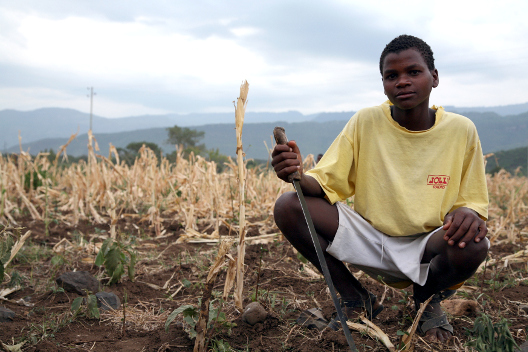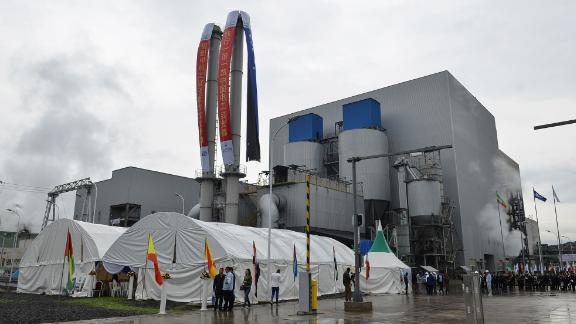
Over 92% of this population uses biomass-based energy for cooking. The vast majority of the population lives in rural areas where modern energy services are rarely available. Currently, the total population size is over 100 million, and this number is expected to double in the coming 25 years. The annual average population growth of the country is nearly 3%. Įthiopia is a developing country with a large population size. The technology allows controlled management of large amounts of animal dung and the safe production of gas for cooking, lighting, or power generation. Production of biogas through anaerobic digestion of the organic fraction of animal waste yields between 40% and 70% methane, with the remainder being carbon dioxide, hydrogen sulfide, and other trace gases. Biogas production from such sources offers alternative fuel, biofertilizer, electricity, waste recycling, greenhouse gas emission reduction, and environmental protection. Organic wastes are the major inputs for biogas production. It is distinct from other renewable energy sources, such as solar, wind, thermal, and hydropower, in that it also controls and collects organic wastes that if untreated could cause severe public health and environmental pollution. It is produced by anaerobic fermentation of organic wastes. Biogas, a methane-rich gas, contains 18.6–26.04 MJ/m 3 of energy. The growing energy demand and negative impacts of fossil fuels on the environment contribute towards the use of biogas as a clean and renewable energy source. Therefore, biogas energy could help reduce the anthropogenic pressure on forest resources by addressing the major drivers of deforestation and forest degradation. If the reduced firewood and charcoal use reduced the felling of live trees, this could potentially conserve 45 ha of forest per household per year. The reduction in the quantity of biofuel consumption reduced the volume of greenhouse gas emissions by 418 tons of carbon dioxide equivalents per household per year. The use of bio-slurry as an organic fertilizer reduced the quantity of chemical fertilizers used by more than 50% per household per year. The average reduction in use of firewood, charcoal, dung cakes, and crop residues due to biogas adoption was 66%, 72%, 68%, and 89%, respectively.

The average biogas production potential of installed biogas plants was 205 m 3 per day.

Secondary data were also collected from different sources. Primary data were gathered from 182 biogas adopters as well as 10 key informants and three group discussions. A household survey with both a quantitative and qualitative approach was employed for data collection. A study was conducted in South Ethiopia with the aim of assessing the technical potential of biogas energy in replacing traditional bioenergy and chemical fertilizers and mitigating greenhouse gas emissions.


 0 kommentar(er)
0 kommentar(er)
